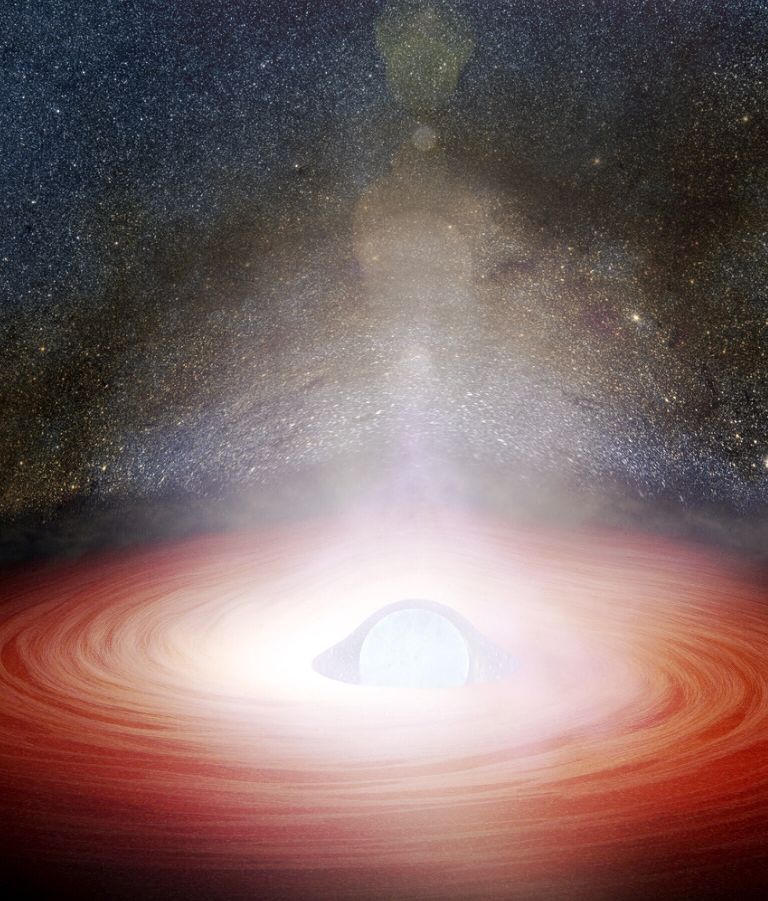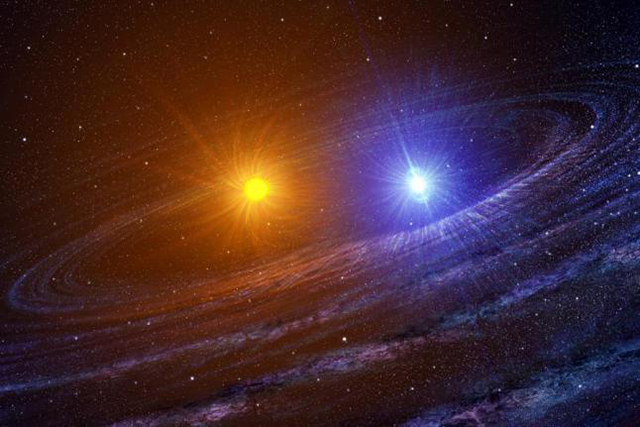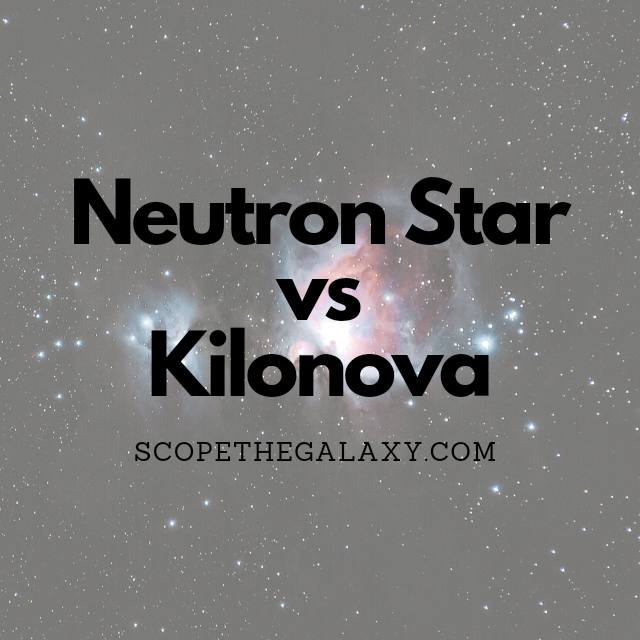*This post may contain affiliate links. This means we may make a commission if you purchase an item using one of our links*
The main differences between a neutron star and a kilonova is that a neutron is the outcome of a smaller supernova explosion whilst a kilonova occurs when 2 neutron star merge together, forming an explosion 1,000 times brighter than a normal nova and resulting in a potential black hole forming.
There are other features that separate these two, so continue reading if you want a more detailed look at each phenomena below.
What Is A Neutron Star?
Table of Contents

When a star 10 to 20 times more massive than our sun or more massive than the Chandrasekhar limit of 1.44 solar masses, reaches the end of its life, the core collapses, and the outer matter explodes in a supernova. What remains is known as a neutron star.
Neutron stars can come in two main varieties, acting either as an active pulsating pulsars or the more erratic and powerful magnetars.
The neutron star gets its name from the fact that after the initial explosion of the star, gravity presses the remaining material so tightly that it forces protons and electrons to combine and form neutrons.
If the star’s mass is greater than 20 times our sun’s, this reaction is likely to create a black hole. While black holes are almost impossible to observe, neutron stars are straightforward, thanks to pulsating light.
A neutron takes a mass greater than twice the sun’s mass and condenses it into a spherical object no bigger than one of Earth’s cities. These mysterious objects are still not entirely understood by scientists.
The atmosphere of a neutron star comprises hydrogen, helium, and carbon. The outer crust contains ions and electrons, while the inner crust contains ions and superfluid neutrons. The outer core is superconducting protons, but what exactly comprises the inner core? That fact remains unknown.
The gravity of these objects is so strong that it bends its light waves around its body, making it easier for scientists to determine the size and mass of these stars.
What Is A Kilonova?

For a kilonova to occur 2 neutron stars need to collide. Neutron stars are formed when a star around 8 solar masses explodes through a supernova explosion.
These neutron stars also tend to be in a binary star system. In this situation if the neutron stars are close to each other, they will gradually spin inwards as a result gravity until they merge together and cause an explosion.
As the name kilo would suggest, kilonovae are typically 1,000 times more bright than your average nova however, when it comes to comparing them to your average supernova, they fall far short, whether it be in terms of luminosity or power.
After the explosion has set, scientists have observed that one possible outcome of this collision would be the formation of a black hole.
However, this is unlikely to be the most common outcome as black holes require materials that add up to around 3 solar masses but, according to the Laser Interferometer Gravitational-Wave Observatory study on kilonova collisions, it appears some can result in black holes.
Other kilonovae may have an afterglow that may get brighter over a few months or years after the explosion, which typically will be formed by the x-rays and radio emissions that the explosion ejects.
Of course if a black hole forms, these emissions will eventually fall into its singularity.
Similarities Between Neutron Stars And Kilonovae
The only real similarity between the two here is that a neutron star is the core component in a kilonova explosion but in a general sense a kilonova is not related in how a neutron star functions.
All in all these two aren’t within the same category as one is an action that occurs and the other a form that remains after the action has been completed.
Differences Between Neutron Stars And Kilonovae
Regarding the differences between these two, they would include the following:
- A neutron star is an extremely dense remnant of a large star or white dwarf that has gone through a supernova whilst a kilonova occurs when 2 neutron stars collide causing a powerful and bright explosion.
- A kilonova will generally be around 9,000 – 11,000 degrees Celsius whilst a neutron star will generally be around 1 million degrees Celsius.
- A kilonova will generally be 1,000 times brighter than a nova and 1 million times brighter than the Sun whilst the average neutron star is roughly the same brightness as our Sun.
- A neutron star is a singular entity that is able to warp space and time whilst a kilonova occurs when 2 neutron stars in a binary system merge and cause an explosion.
- A neutron star will pulsate at regular intervals whilst a kilonova will explode, leaving behind an afterglow that can stick around anywhere from a few months to a few years.
Summary
Although a neutron star is a core component in the formation of a kilonova (in particular two neutron stars), which itself is a grandiose and bright explosion that can produce an afterglow that lasts up to a few years, whereas a neutron star is simply a celestial object (granted amongst the densest in the universe) that will pulsate in space for many millions of years.

